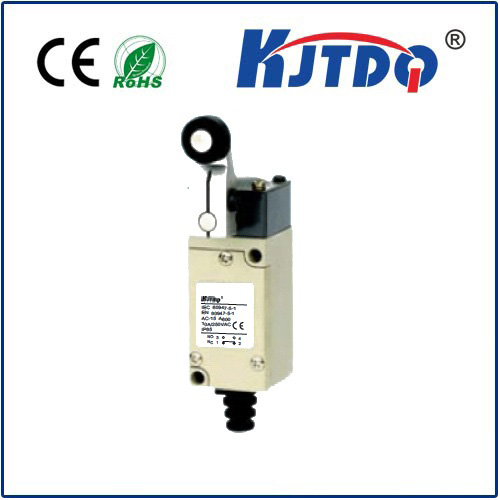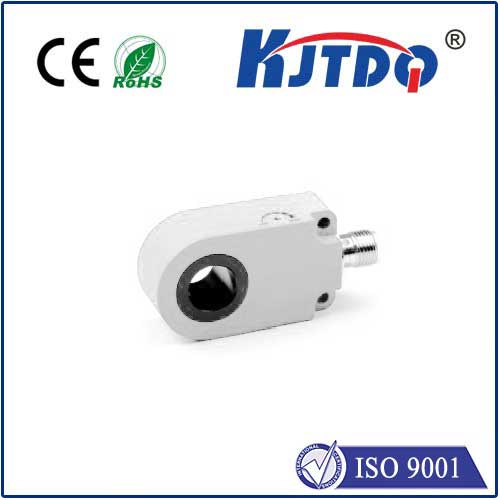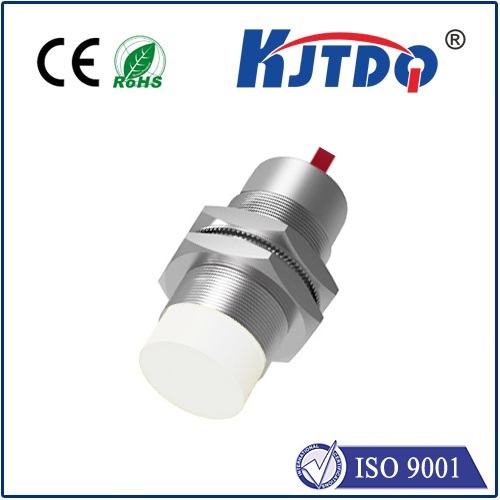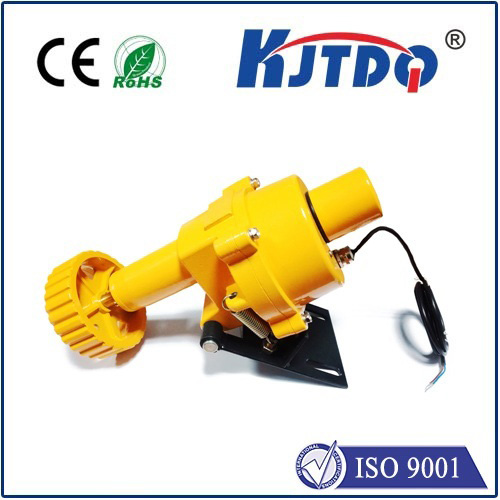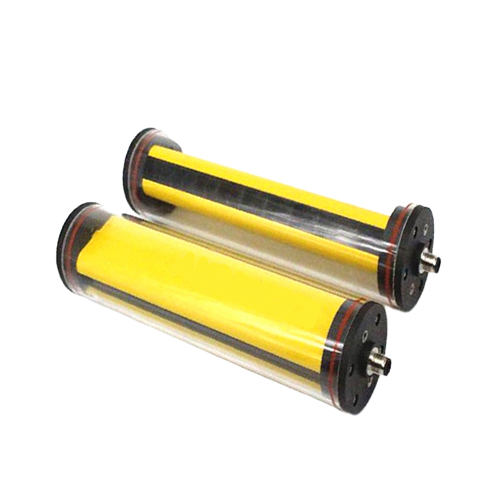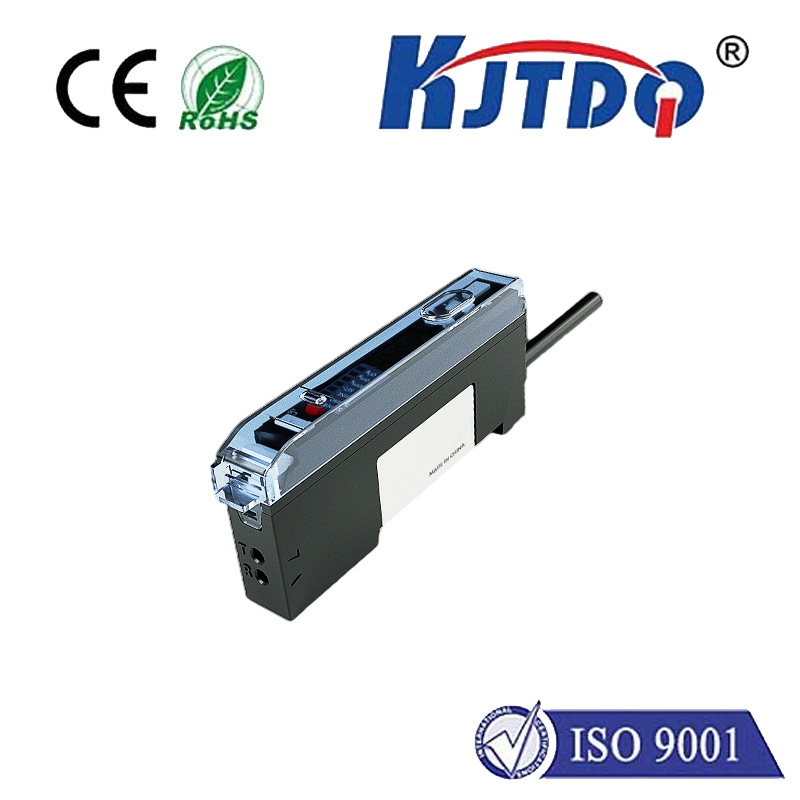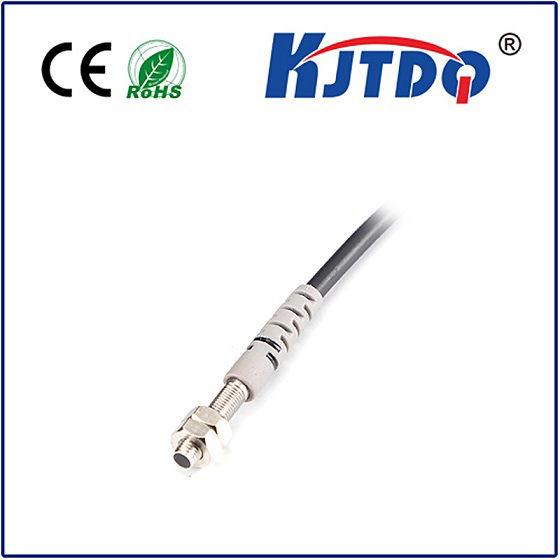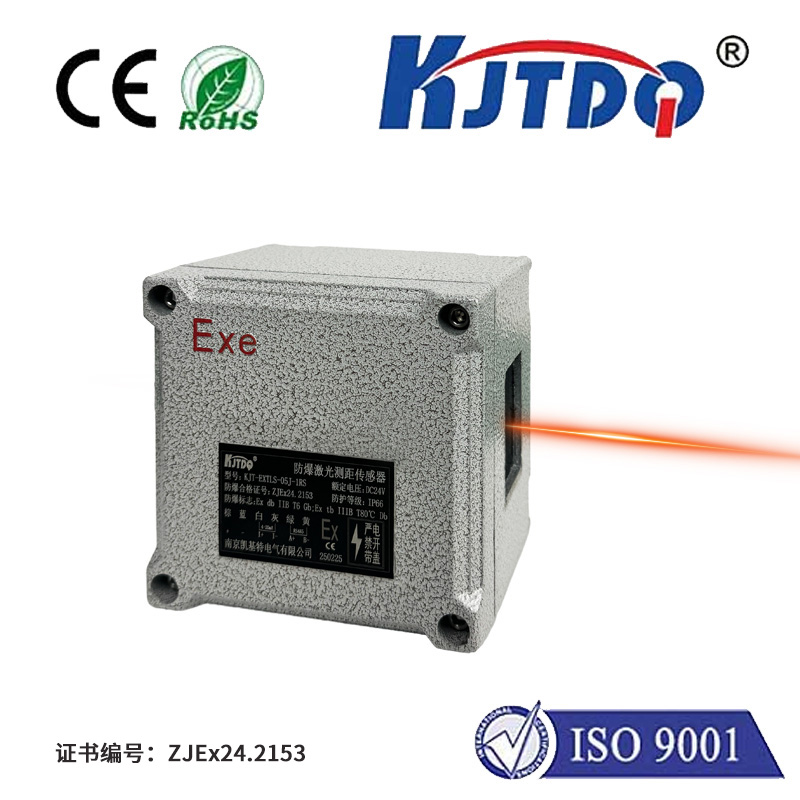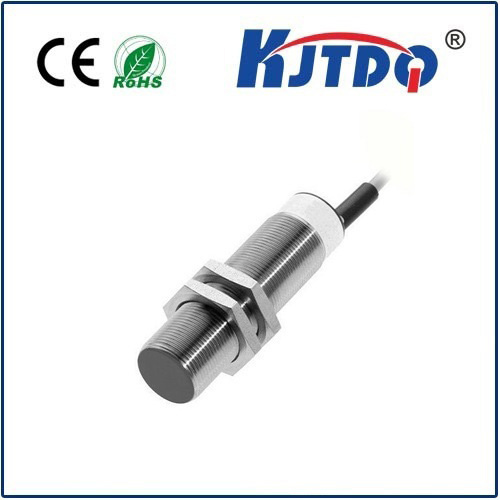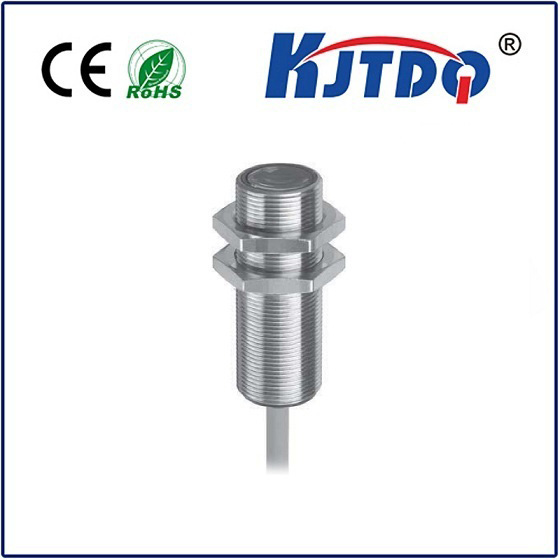proximity sensor reed sensor
- time:2025-09-05 13:10:56
- Нажмите:0
Proximity Sensor vs. Reed Sensor: Navigating the World of Presence Detection
Ever wondered how your smartphone screen dims when you hold it to your ear, or how a security system knows a door has been opened? The answer often lies in sophisticated yet often unseen components: sensors. Two fundamental players in the broad field of presence detection are proximity sensors and reed sensors. While both excel at determining if an object is nearby, they achieve this through distinctly different principles. Understanding these differences is crucial for engineers, designers, and hobbyists alike to select the optimal solution for any application, ensuring reliability, efficiency, and cost-effectiveness.
Core Principles: How They Sense the World
At their heart, proximity sensors operate on the principle of non-contact detection. They don’t require physical touch to identify the presence of an object, known as the “target.” Instead, they emit a field or beam (electromagnetic, capacitive, or optical) and detect changes in that field caused by the target entering its sensing range.
- Inductive Proximity Sensors: These detect metallic objects, primarily ferrous metals like iron or steel. An internal oscillator generates an electromagnetic field. When a metal target enters this field, it induces eddy currents, dampening the oscillation. The sensor circuitry detects this change and triggers its output. Key advantages include robustness in dirty or wet environments and insensitivity to non-metallic objects.
- Capacitive Proximity Sensors: These can detect virtually any material, including metals, plastics, liquids, powders, and even wood. They work by sensing changes in capacitance between the sensor’s active face and the target acting as a conductive mass. They are ideal for applications like level detection in tanks or presence detection of non-metallic objects on a conveyor belt.
- Optical Proximity Sensors: These typically use infrared (IR) light. They consist of a transmitter (IR LED) and a receiver (phototransistor or photodiode). Presence is detected either by the target reflecting the emitted light back to the receiver (diffuse mode) or interrupting a beam traveling between separate transmitter and receiver units (through-beam). They offer longer sensing ranges but can be affected by ambient light or dirty lenses.
In stark contrast, the reed sensor is a fundamentally simpler device. It consists of two thin, ferromagnetic metal reeds enclosed within a small, hermetically sealed glass tube filled with inert gas or evacuated. These reeds act as electrical contacts.
The magic happens when a magnetic field is brought close to the sensor. This field magnetizes the reeds, causing their tips to attract each other and snap together, closing the electrical circuit. When the magnetic field is removed, the reeds spring back open due to their natural elasticity, breaking the circuit. Therefore, the reed sensor is a magnetically operated switch. Its state (open or closed) directly depends on the presence or absence of a suitable magnetic field nearby.
Key Differences Shaping Application Suitability
The fundamental difference in operation leads to several critical distinctions impacting where each sensor shines:

- Trigger Mechanism:
- Proximity Sensor: Requires a physical object entering its sensing field.
- Reed Sensor: Requires the presence of a magnetic field, typically generated by a permanent magnet mounted on the moving part to be detected (like a door or window).
- Target Requirements:
- Proximity Sensor: Inductive types require specific metallic targets; capacitive require a change in dielectric constant; optical require opacity/reflectivity to the emitted light.
- Reed Sensor: Requires only a permanent magnet to actuate; the object itself carrying the magnet can be made of any material.
- Contact Type:
- Proximity Sensor: Provides an electronic output signal (e.g., NPN/PNP transistor, solid-state relay) - switching occurs electronically without moving parts.
- Reed Sensor: Provides a physical switch contact opening and closing (like a relay, but magnetically actuated).
- Power Consumption:
- Proximity Sensor: Requires a continuous power supply to generate its detection field and operate its electronics.
- Reed Sensor: The sensing element itself is passive and consumes no power. Only the circuit it controls needs power when the contacts are closed. This makes reeds ideal for ultra-low-power or battery-operated circuits where the switch state is monitored periodically.
- Speed/Lifetime:
- Proximity Sensor: Solid-state electronics offer very high switching speeds and extremely long lifespans (millions of operations) with no moving parts to wear out.
- Reed Sensor: Mechanical contacts have a finite lifespan (typically hundreds of thousands to millions of operations) and are generally slower than solid-state switches due to the physical movement required. Hermetic sealing protects the contacts from dust and corrosion.
Where They Excel: Typical Applications
Understanding these characteristics naturally guides their application:
Proximity Sensor Applications:
Промышленная автоматизация: Position sensing, end-of-travel detection on cylinders, object counting on conveyors, machine guarding.
Automotive: Gear position sensing, brake pedal position, seat occupancy detection, parking sensors.
Consumer Electronics: Smartphone screen dimming, touchless faucets, automatic soap dispensers.
Robotics: Obstacle detection, proximity avoidance.
Reed Sensor Applications:
Security Systems: Door/window contact sensors (magnet on the door/window, reed on the frame).
Appliances: Lid/door open detection in washing machines, microwaves, refrigerators.
Medical Devices: Position sensing in portable equipment where low power is critical.
Automotive (Legacy/Alarms): Hood/trunk switch, simple rotational speed sensing.
Low-Power Circuits: Any application needing a magnetically activated switch with minimal power draw in standby.
Choosing the Right Tool for the Job
Selecting between a proximity sensor and a reed sensor hinges on your specific requirements:
- What are you detecting? If it’s a magnet, a reed sensor is simple and effective. If it’s metal (inductive), almost any material (capacitive), or an object interrupting light (optical), a proximity sensor is needed.
- Environmental Conditions? For harsh, dirty, or wet environments, inductive proximity sensors or sealed reed sensors are robust choices. Optical sensors require cleanliness.
- Power Constraints? If ultra-low power consumption in standby is paramount (e.g., battery-powered wireless sensor), the passive nature of the reed sensor core is a major advantage.
- Required Speed? For extremely high-speed counting or position feedback, solid-state proximity sensors are far superior.
- Lifespan Expectation? For applications demanding billions of operations, solid-state proximity sensors win. For moderate cycling, quality reed sensors are adequate.
- Cost Sensitivity? Simple reed sensors are often lower in cost than complex solid-state proximity sensors, especially for basic switch needs.
| Особенности |
датчик приближения |
Reed Sensor |
| Detection Method |
Emits & detects field/beam (EM, Cap, Opt) |
Magnet attracts ferromagnetic reeds |
| Trigger |
Physical object |
Magnetic field (from magnet) |
| Target Requirement |
Material-specific (metal, any material, light opaque) |
Requires only a nearby magnet |
| ** |

